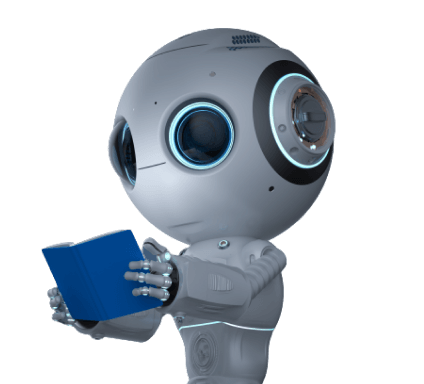Results for ""
It was sometime in March, and I was going home – fading memory prompts, that we had offices back then - by the metro rail. You know, people killed in those days to get a seat – I know, because I have killed too. And, this guy sitting next to me starts to cough. I looked at him in horror as did a few others. Instead of killing him – in hindsight, I should have – I did something more remarkable. I sprang up from my seat like a cat on a hot tin roof and rudely shoved my way to the farthest corner of the compartment.
That’s the effect of cough in crisis!
A journal on infectious diseases says that a cough is something very basic (as a symptom) and a persistent one can be an early sign of at least 30 other kinds of illness. It’s not that tuberculosis has been eradicated but who cares, it’s COVID – 19 we are deeply concerned about right now, and we need to know if “COVID-cough sound” is distinct from the others.
Yes, says Wahwani AI and it has been “developing an innovative triaging tool that will combine an analysis of solicited cough sounds like an objective measurement along with self-reported symptoms to identify the probable COVID-19 cases.”
Wadhwani AI has been working with the Governments of Bihar, Odisha, and developmental partners in Rajasthan and Maharashtra to collect cough and related data needed for the development of the tool. It has collected close to 9000 cough sounds and other related data from 3000 probable COVIDpatients. The early results emerging from the initial phase of tool development are encouraging, and they are working towards deploying the solution in India, and other countries across the world through a network of partners.
The Cough Against COVID initiative is like a crowdsourcing platform of coughs that uses AI to distinguish patterns in cough sounds (with related symptoms) to screen the possible carriers. The cough sounds can be captured even on the phone.They carry vital information about the respiratory tract, and anecdotal reference has it, COVID – 19 patients’ cough sounds are different. Again, this is not an alternative to standard diagnostic procedures in testing but can be seen as a precautionary step to contain the spread of the pandemic.
The interface could be WhatsApp, a web app, a Facebook Messenger bot, or an API call from any number of third-party symptom checker apps, and the user can record the cough and symptoms with the aid of the triaging tool. The tool will also collect information on socio-demographics, travel and contact history, and clinical examination parameters such as temperature, vitals, etc. including clinical history and co-morbidities. With good quality data capture, over time, the co-relation can be made almost error-free. These are early days yet, but it can be a great tool in the testing and containment process. ICMR has shown interest and is expected to facilitate the necessary clearances that are required.
In India, testing is done through reverse transcription-polymerase chain reaction (RT-PCR), which requires swab collection sticks, storage solutions, RNA extraction, as well as PCR kits. It’s as complicated as it sounds. And, the average is 3.38 tests per thousand people – clearly, it’s inadequate, and we need an intermediary step which will prompt many people to take precautionary measures quite early instead of waiting for the inevitable. This initiative is also being supported by Bill and Melinda Gates Foundation, and Stanford University is aiding the research efforts.
It’s a brief three-step process:
- It captures basic details, symptoms, and medical history.
- Images of the COVID- 19 test result, are shared.
- Three samples of cough recordings. Cough # 1; Cough # 2; Cough # 3.
That’s it! And, the datasets collected, will be made available to researchers in an anonymized format.
Sources of Article
Image by Alexey_Hulsov via Pixabay






